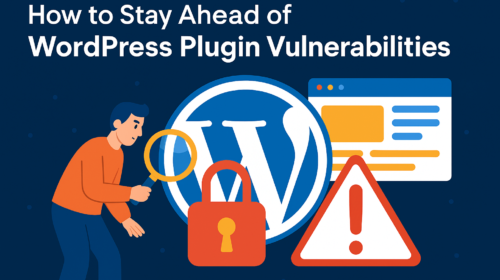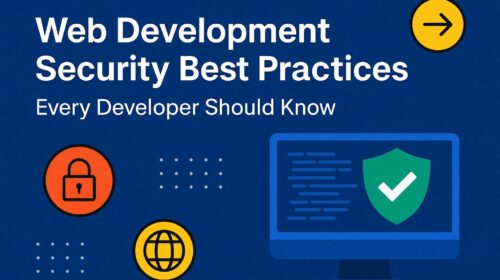
WordPress Hardening: How to Secure Your Site Like a Pro
When it comes to managing a WordPress site, hardening it against potential threats is no longer optional—it’s essential. With WordPress powering over 40% of websites on the internet, it’s a constant target for hackers looking for outdated plugins, weak login credentials, and misconfigured settings.
So what exactly is WordPress hardening? Simply put, it’s a series of proactive steps you take to reduce the attack surface of your site. Whether you’re a solo blogger or managing an eCommerce empire, these best practices are crucial to keeping your content, customers, and reputation safe.

1. Disable File Editing from the Dashboard
By default, WordPress allows admins to edit theme and plugin files directly from the dashboard. This is risky. If a hacker gains access to your admin account, they can inject malicious code easily. Add this line to your wp-config.php file:
PHP
define('DISALLOW_FILE_EDIT', true);2. Use Strong, Unique Passwords
It may sound basic, but weak passwords are still one of the main reasons sites get hacked. Combine upper and lowercase letters, numbers, and special characters. Even better—use a password manager.
3. Limit Login Attempts
Brute-force attacks are common. Install a plugin like Limit Login Attempts Reloaded or use security suites like Wordfence to restrict failed login attempts and block IPs after multiple failures.
4. Keep Everything Updated
Themes, plugins, and WordPress core files should always be up to date. Vulnerabilities in outdated components are like open doors to your site.
5. Disable XML-RPC (If You Don’t Need It)
XML-RPC can be useful for some services, but it also opens your site to DDoS attacks and brute-force exploits. You can disable it via plugin or using .htaccess.
6. Use Two-Factor Authentication (2FA)
This extra layer of protection drastically reduces the chance of unauthorized access. Many plugins like Google Authenticator or WP 2FA offer easy integration.
7. Install a Web Application Firewall (WAF)
A WAF filters out malicious traffic before it reaches your site. Services like Sucuri or Cloudflare offer robust protection options.
8. Regularly Scan Your Website for Vulnerabilities
Hardening WordPress is all about reducing risk, but it’s just as important to actively monitor your site. Scanning for vulnerabilities helps catch weak points before attackers do.
If you want peace of mind, consider trying one of our vulnerability scan services. We help identify and fix security issues that could put your WordPress site at risk—so you can focus on what matters: running your business.
If you want to explore other articles similar to WordPress Hardening: How to Secure Your Site Like a Pro you can visit the Wordpress Security.






Leave a Reply